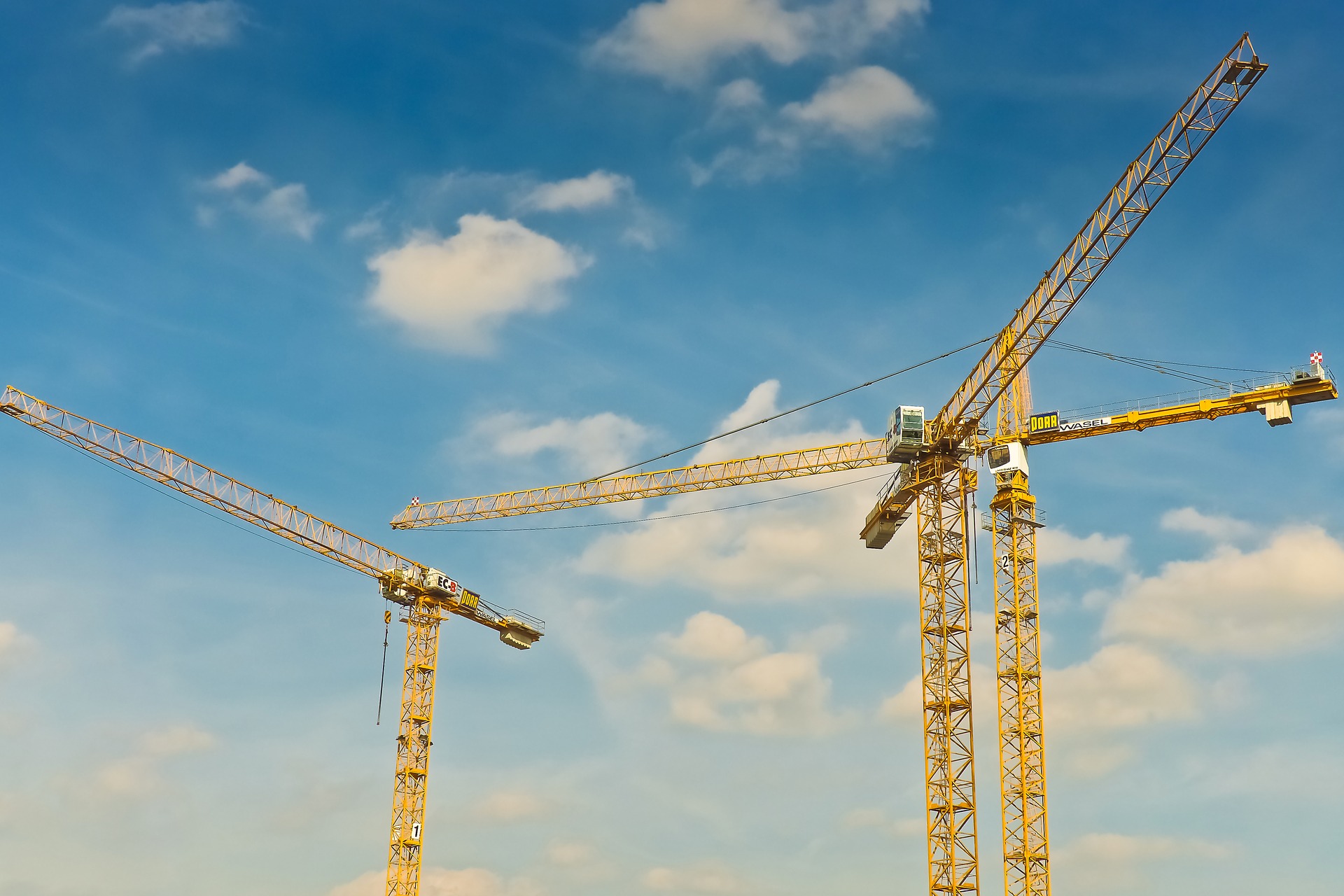The construction industry is expected to start 2018 with a 3% growth to reach $765 billion in the United States, according to a report released by Dodge Data & Analytics. Such impressive numbers indicate how much this industry has a heavy impact on our lives. Thanks to international efforts, though, it has changed for better over the last decades.
The changes we refer to aren’t just the adoption of technologies like digitization and drones. Yes, it’s true that these improvements are transforming this sector, but environmental responsibility is another equally important factor—and it’s often overlooked. Gone are the days when large companies could hide their mistakes for a long time, like the devastating Hinkley groundwater contamination case involving PG&E in the 1950s. Today, people are far more aware of the consequences of harming the environment.
It’s within this context that green buildings are starting to become mainstream. Is it enough to compensate for the damage we cause? Probably not. We still have a long way to go, but each step on the road for a sustainable world is progress and should be celebrated.
Environmental Responsibility
Not long ago, it was common that companies would design buildings without assessing the risks to the environment. Obviously, this was a terrible idea because they were responsible for many issues. For example, construction generates hundreds of tons of waste every year, especially due to demolition. What’s worse: less than 30% of the debris is recycled, even though 90% of it is recyclable.
This reveals why the industry needs to see environmental responsibility as a requirement, rather than an enemy of the modern economy. Luckily, the increased importance on sustainability is expected to be an engineering trend in 2018 thanks to its creation of financial benefits. Indicators have shown that green buildings can reduce costs with water use, energy, and waste generation, which makes them very appealing overall.
Promoting Green Buildings
One of the greatest advances in the evolution of the construction industry was the creation of building certifications and ratings. Though LEED (Leadership in Energy and Environmental Design) is the most famous, there are several other organizations promoting highly sustainable construction practices as well.
Here’s how PwC describes the current changes in the construction sector: “In an industry sometimes characterised as focused on the immediate short-term challenges of demanding clients and complex project delivery, we find companies are investing in long-term innovation that they expect will unlock significant efficiency, cost reduction and revenue gains”.
In addition to lowering costs and protecting the environment, green buildings can make their occupants feel happier. They provide better indoor environmental quality, more exposure to natural light, and contact with healthier materials and products.
Making the difference
CREED LA fights to ensure that developers pay fair wages to all the hard working construction professionals throughout the industry while simultaneously providing them with quality health care, continued training, and trustworthy retirement plans. To learn more about how our non-profit organization supports those building a better, greener world for us all, contact CREED LA online or at (877) 810-7473.

